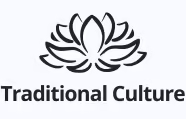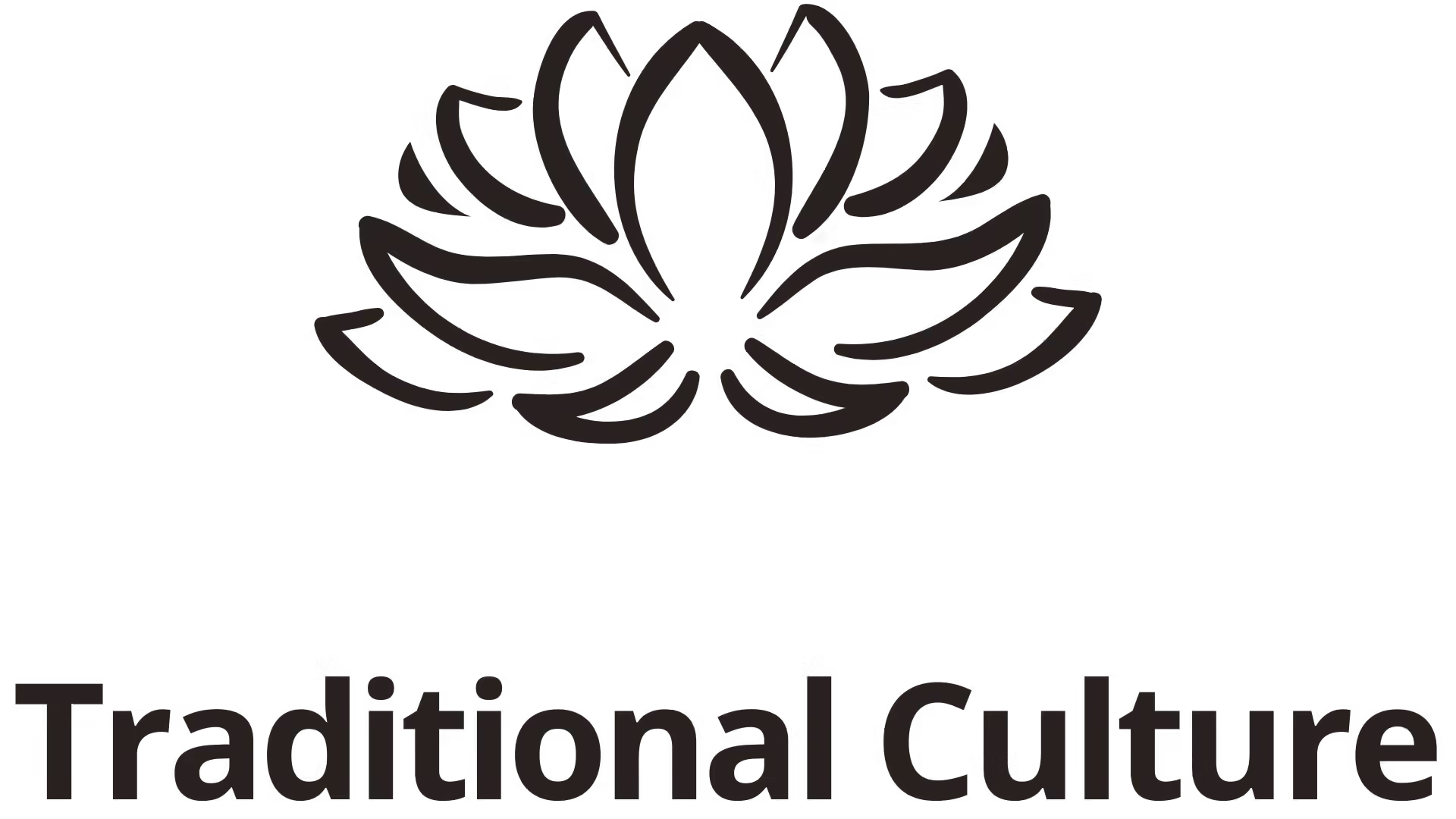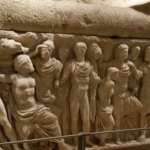Portraiture sculpture is a captivating realm within the artistic world, where the essence of humanity transcends mere physical forms. This art form serves as an intimate dialogue between the sculptor and their subject, channeling not only the external features but also the inner spirit and depth of character of the individual represented. As we delve into this intricate craft, we uncover layers of meaning, emotion, and cultural significance that go beyond visual representation.
The Essence of Portraiture Sculpture

Understanding the core of portraiture sculpture involves exploring its historical lineage, its evolution through time, and the messages it conveys about society and the human experience.
Historical Context of Portraiture Sculpture
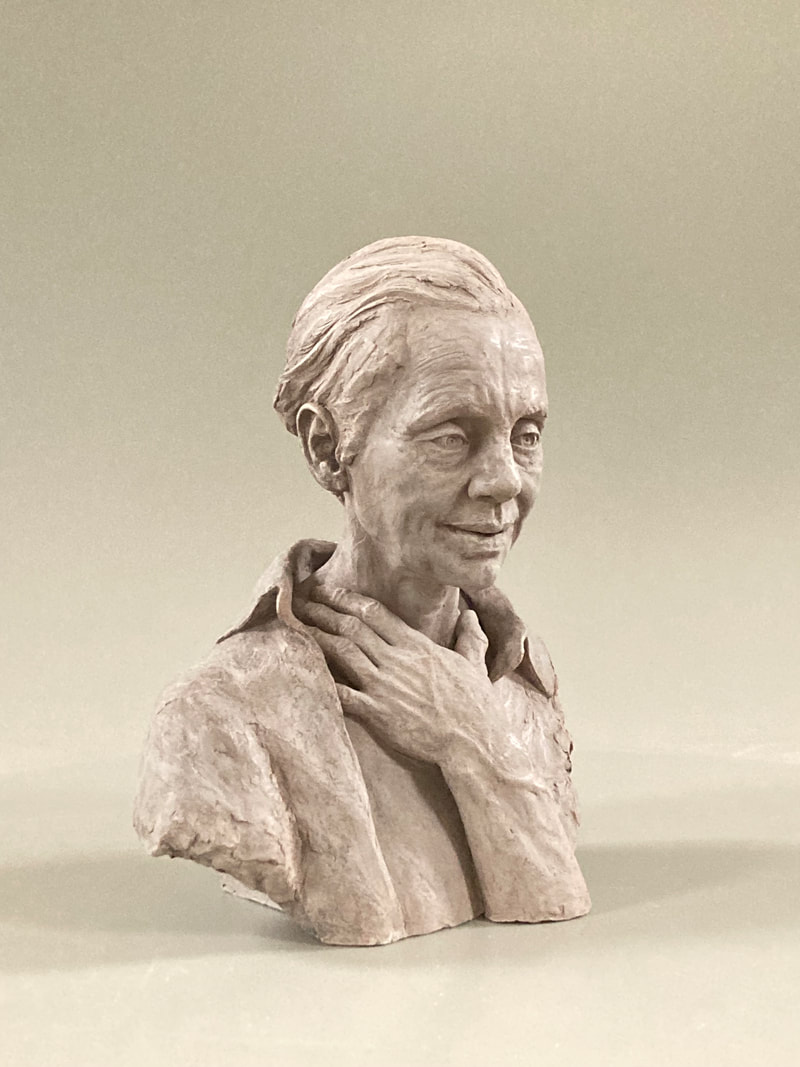
The journey of portraiture sculpture can be traced back to ancient civilizations, where the representation of human figures was intrinsic to culture and identity.
In Egypt, for instance, sculptures served not merely as artistic expressions but also held spiritual significance. They were designed to honor pharaohs and deities, intended for eternity in tombs to ensure the afterlife. These early forms of portraiture sculpture were characterized by idealized features, often emphasizing authority and divinity rather than realism.
As we move forward in history, we encounter the influence of Greek and Roman sculptors who placed greater emphasis on realism. The Hellenistic period, known for its dramatic expression and detailed portrayal of emotions, paved the way for a more profound connection with the subjects. Sculptures like those of Alexander the Great resonated deeply with viewers, allowing them to not just see but feel the attributes of power, leadership, and humanity.
Evolution Through the Ages

From the Renaissance to modern times, portraiture sculpture has undergone significant transformation, reflecting the shifting societal values and artistic movements.
The Renaissance marked a rebirth of interest in humanism, where artists began to explore individuality. Artists such as Donatello and Michelangelo created iconic works that showcased the beauty of the human body while encapsulating the subject’s personality. Their sculptures became benchmarks of technical skill and emotional depth, inviting viewers into the psychological landscape of the portrayed individuals.
In contemporary art, portraiture sculpture continues to evolve. Modern artists experiment with new materials and techniques, sometimes even challenging traditional notions of identity. For example, the use of abstract forms or mixed media often prompts audiences to reconsider what constitutes a portrait—encouraging us to look beyond physical likeness toward deeper themes of identity and perception.
Cultural Significance of Portraiture Sculpture
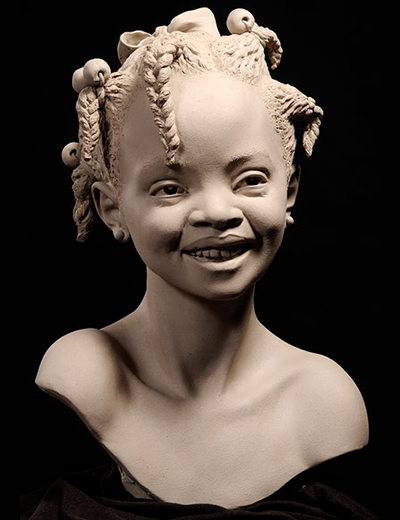
Portraiture sculpture serves as a mirror reflecting societal values, ideologies, and historical narratives. Each piece tells a story, revealing insights about the time and place from which it emerges.
For example, during the Civil Rights Movement in the United States, portraiture sculpture played a crucial role in commemorating leaders and events that shaped history. Works dedicated to figures like Martin Luther King Jr. not only preserve their legacy but also inspire ongoing conversations surrounding justice and equality. These sculptures transcend mere representation; they become vessels of hope and catalysts for change, reminding future generations of the struggles endured for progress.
The Emotional Depth in Portraiture Sculpture

At the heart of every successful portraiture sculpture lies an ability to capture the emotional essence of the subject. This connection transforms a static piece of art into a dynamic experience that resonates profoundly with viewers.
Capturing Emotion in Form
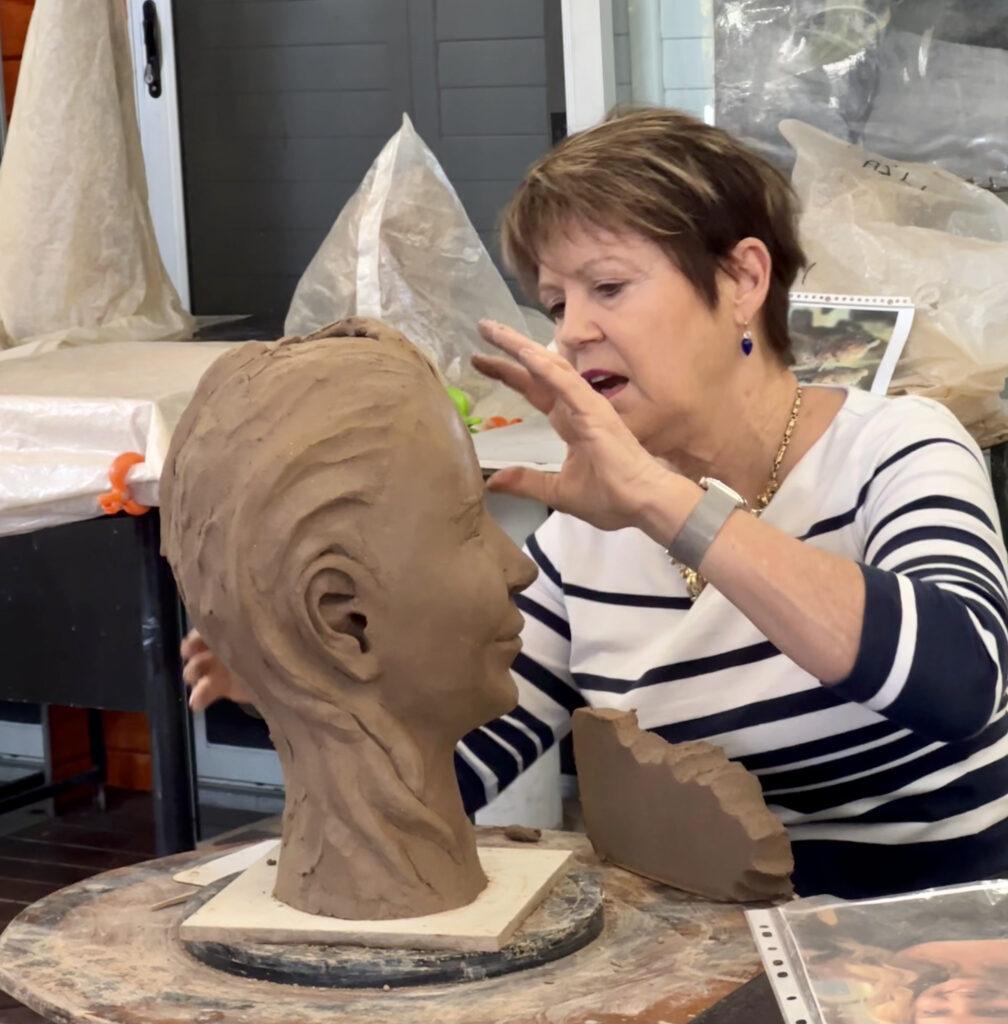
A skilled sculptor must possess an understanding of anatomy, expression, and presence. The subtleties in facial features, posture, and even texture contribute significantly to conveying emotion.
Consider the work of renowned sculptor Henry Moore, whose figures reflect both strength and vulnerability. His approach often emphasized the interaction between the figure and its environment, inviting contemplation of the subject’s emotional state. By employing rounded forms and organic shapes, he evokes feelings of warmth and tenderness, prompting viewers to engage with the pieces on a personal level.
Moreover, capturing emotion extends beyond the mere replication of a smile or frown. It involves understanding the narrative behind the subject. A portraiture sculpture might evoke a sense of nostalgia if it reflects a moment in time, such as remembering loved ones or honoring ancestors. The interplay of memory and materiality bridges the gap between the past and present, allowing the viewer to share in the subject’s life story.
The Role of Expression and Gestures
Facial expressions and body gestures are critical in delivering the intended message of the sculpture. A slight tilt of the head or a hand placed on the heart can convey a wealth of emotion that resonates with the audience.
Artists may employ various techniques to enhance these expressions. The choice of material plays a pivotal role as well—while clay allows for nuanced details, bronze offers permanence, echoing the idea of lasting legacy. The finish, texture, and patina applied to the surface can also evoke different sensations. For instance, a rough texture may suggest raw emotion, while a polished surface could imply refinement and grace.
The exploration of gestures elevates the narrative of portraiture sculpture, creating a dialogue between the subject and the observer. When observing a sculpture, one may find themselves pondering questions about the subject’s feelings, motivations, and experiences. This emotive engagement fosters a deeper connection, enhancing the overall impact of the artwork.
Personal Connection and Interpretation
Each viewer brings their own experiences and emotions to the interpretation of a portraiture sculpture. This subjective element adds richness to the encounter, transforming the act of viewing into a collaborative process.
For example, two individuals may stand before the same sculpture yet walk away with entirely different impressions. One might relate to the joy expressed in the piece, recalling a cherished memory, while another sees a reflection of their own struggles in the sadness captured. This multifaceted nature of human emotion ensures that portraiture sculpture remains relevant across generations, continually inviting personal reflection and dialogue.
Materials and Techniques in Portraiture Sculpture
The selection of materials and techniques is integral to the creation of compelling portraiture sculptures. Different mediums offer distinct possibilities and limitations, influencing the final outcome and viewer perception.
Traditional Materials: Stone, Metal, and Clay

Historically, stone and metal have been the primary choices for sculptors, each presenting unique challenges and benefits.
Stone, revered for its durability and timelessness, has been used to create masterpieces that endure for centuries. The work of sculptors like Michelangelo exemplifies this medium’s potential, showcasing intricate details carved from marble that breathe life into figures like David. However, the rigidity of stone requires a meticulous approach; one wrong cut can lead to irreparable loss.
On the other hand, metal—particularly bronze—gives sculptors the flexibility to create dynamic forms through casting techniques. The process of lost-wax casting enables fine details to be replicated, resulting in lifelike representations. The warm tones of bronze also resonate with viewers, evoking a sense of warmth and connection.
Clay, a more malleable medium, allows for spontaneity and experimentation. Artists can quickly modify forms, permitting a fluid creative process. While clay models may eventually be cast in more durable materials, they serve as invaluable tools for capturing the initial vision and emotion.
Contemporary Innovations
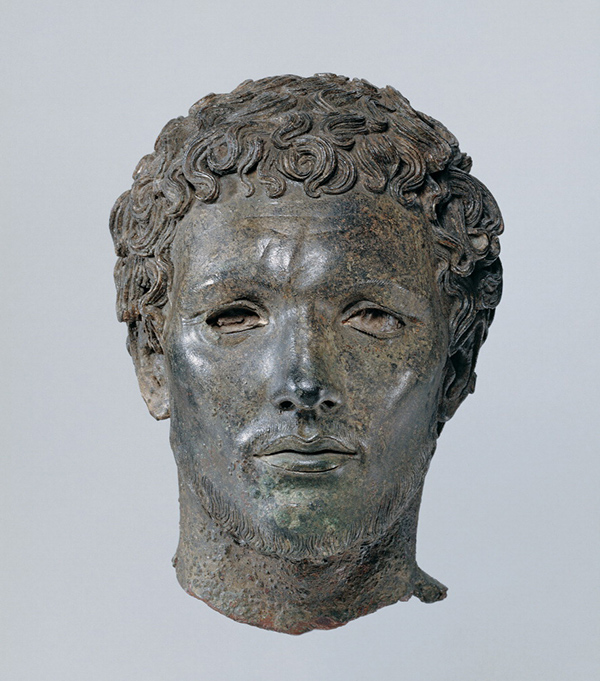
With advancements in technology, contemporary artists are increasingly experimenting with unconventional materials and methods. From using recycled objects to incorporating digital elements, the realm of portraiture sculpture is expanding.
For instance, some artists utilize 3D printing technology to create intricate and complex forms that would be challenging to achieve through traditional methods. This innovation opens doors for mass production while retaining the uniqueness of each piece. Additionally, the integration of mixed media allows for explorations of identity and self-expression that resonate with contemporary themes.
With these innovations, the conception of what constitutes a portraiture sculpture is evolving, encouraging artists to break free from traditional confines and challenge preconceived notions of representation.
The Impact of Material Choice on Perception

The choice of material directly influences how a sculpture is perceived and interpreted. As each medium carries its own symbolism, artists often make deliberate selections to amplify their message.
For example, a sculpture rendered in glass may suggest fragility and transparency, inviting reflections on vulnerability. Conversely, a robust stone piece may evoke a sense of permanence and stability, reinforcing the subject’s strength. In this way, material not only shapes the aesthetic quality of the work but also guides the emotional response elicited from the audience.
In a world where rapid changes in technology and culture are constant, the exploration of materials allows portraiture sculpture to remain relevant. Each artist’s choices contribute to the ongoing dialogue about identity, existence, and the human condition.
The Cultural and Historical Impact of Portraiture Sculpture

Portraiture sculpture holds immense cultural and historical significance, serving as a testament to the values, beliefs, and narratives of societies throughout time.
Commemorating History and Legacy

Many portraiture sculptures are created as memorials or tributes to influential figures, preserving their legacies for future generations. These works not only celebrate individual achievements but also reflect collective memory and identity.
Statues commemorating political leaders, activists, and cultural icons serve as reminders of their contributions and the impact they had on society. For instance, the iconic statue of Abraham Lincoln at the Lincoln Memorial stands as a powerful symbol of unity and freedom, drawing countless visitors who reflect on the enduring ideals of equality and justice it represents.
These artworks foster a sense of belonging, connecting people to their shared history and heritage. By engaging with portraiture sculpture, individuals gain insight into the societal values prevalent during the time of creation, sparking conversations about progress and change.
The Role of Public Art

Public art installations featuring portraiture sculptures play a crucial role in shaping community identity and fostering dialogue. When placed in accessible spaces, these works invite diverse audiences to engage with art and culture.
Through community-driven initiatives, artists collaborate with local residents to create sculptures that reflect the values and aspirations of the community. Such collaborations not only empower individuals but also result in art that resonates deeply with public sentiment. These participatory projects help cultivate a sense of ownership and pride, strengthening community bonds.
Moreover, public portraiture sculptures often serve as platforms for social commentary. Artists may choose to confront pressing issues, using their work to incite discussions surrounding topics like injustice, inequality, or cultural representation. These provocative pieces prompt viewers to reflect critically on their surroundings and consider their roles within society.
Shaping Identity and Representation
The evolution of portraiture sculpture has led to increased scrutiny regarding representation and inclusivity within the art world. Historically, many sculptures have exclusively depicted figures of power, often overlooking marginalized voices.
Contemporary artists are working diligently to address these disparities, creating portraiture sculptures that encompass a broader spectrum of identities. By representing diverse backgrounds, cultures, and experiences, artists challenge traditional norms and expand the narrative surrounding identity.
This shift encourages empathy and understanding, fostering a space where underrepresented communities can reclaim their stories. By amplifying diverse perspectives, portraiture sculpture becomes a vital tool for promoting social awareness and advocating for transformative change.
Conclusion

Portraiture sculpture is a rich tapestry woven from the threads of history, emotion, and culture. It invites us to explore the depths of human experience, connecting us to our past while inspiring us to envision a more inclusive future. Whether through traditional techniques or innovative approaches, this art form continues to evolve, reflecting the complexities of identity and the intricacies of the human condition.
By embracing the multifaceted nature of portraiture sculpture, we acknowledge its power as a means of communication. Each sculpture serves as a bridge between the artist, the subject, and the viewer—a reminder of our shared humanity. As we delve deeper into this captivating field, we open ourselves to understanding not only the art itself but also the stories that shape our lives and the world around us.

